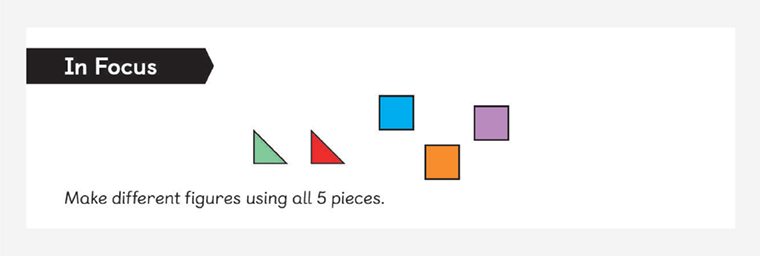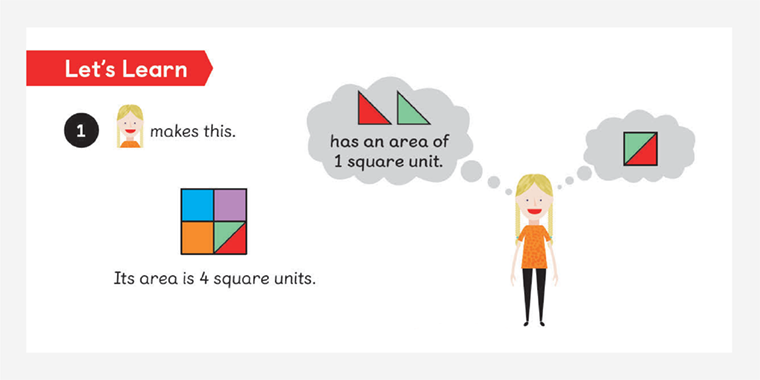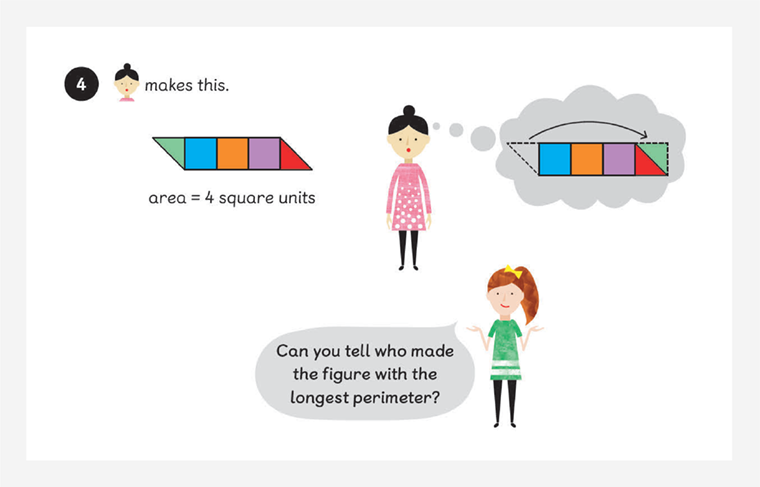How to develop visual literacy skills with maths journalling
Journalling is a valuable opportunity for learners to develop their mathematical thinking and communication skills. Discover how maths journalling can develop visual literacy and build mathematical fluency.
Why is writing in maths important? If we take the view that mathematics is an abstract language, then we need to provide learners with opportunities to speak it, read it and write it. Journalling can be used to develop learners’ ability to communicate their mathematical thinking, and the opportunity to reflect on their learning helps deepen their understanding of mathematical concepts.
Why is visual literacy important in maths?
For many adults and children, their idea of journalling is a daily recount of what they did using words. But a maths journal is much more than that. In mathematics, words and numbers are not enough — the ability to articulate mathematical thinking visually through the use of diagrams and pictures helps children to understand complex concepts.
Stuart Murphy discusses this idea, suggesting that we try to explain a parallelogram to someone who has never seen one using only words, then try to sketch it. His point is that visual representations allow us to express and explain ideas sometimes better than words and numbers can.
The skill that allows us to understand and communicate this language is visual literacy. Learners need to be taught to be visually literate with the same importance we teach them to be verbally literate.
Become Qualified to Make a Difference
Empower yourself to create a lasting impact in pupils’ lives. Gain maths mastery certificates that will represent all you’ve accomplished and learned in your teaching journey.
From Fellow, to Expert, to Master — you can take the pathway to certified success!

How Maths — No Problem! textbooks encourage visual literacy





At the completion of this Maths — No Problem! lesson, some children may be inclined to write a paragraph in their maths journal about how they know a shape has the same area. But as mathematical ideas become more complex, words won’t always be the most effective way to articulate information. Journalling provides an opportunity for learners to develop their ability to present information verbally, numerically and visually.
In this example, the Let’s Learn section of the textbook shows how using visual elements is an effective way to explain the idea. We can clearly see how the friends in the textbook have used diagrams to prove how they know the figure has an area of 4 square units.
The textbooks can be used as a tool to develop learners’ visual literacy skills — they can be thought of as their friends’ maths journal. Learners should be encouraged to use the ideas their friends have used for communicating their mathematical thinking in their own journals, to help them to explain their thinking. We want to make sure learners are not always writing explanations, but using mathematical representations to explain concepts and ideas.
We can encourage learners’ visual literacy skills while they journal by using prompts like:
Remember what our friends did in their journal?
I wonder if anyone can use a diagram to explain their thinking.
Can you draw a…
The idea of developing visual literacy skills align with Jerome Bruner’s research of the Concrete, Pictorial, Abstract (CPA) approach, as visual representations allow us to make sense of abstract concepts.
Journalling is a skill that needs to be taught and practised. When we’re young, we aren’t very good at articulating our thinking. Journalling is an opportunity for learners to continually develop their ability to communicate ideas, and the ability to do so verbally, numerically and visually will benefit them in other areas, as well as in mathematics.

